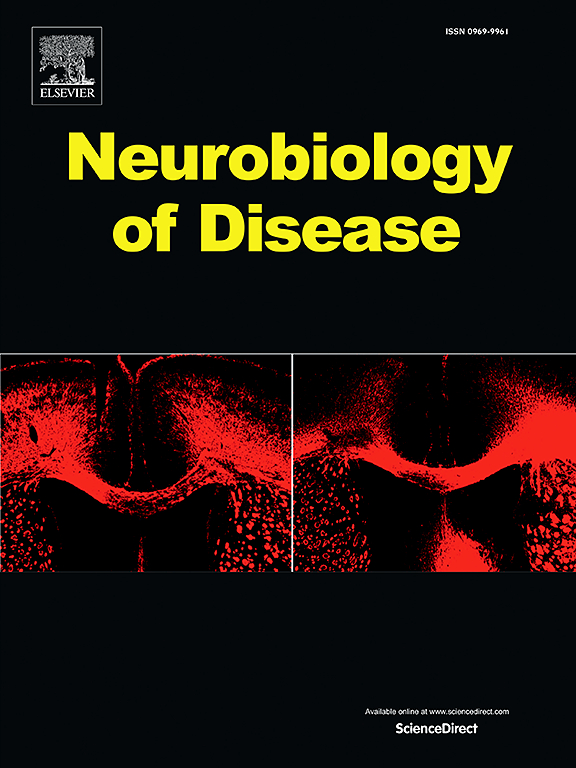Mapping grey matter and network abnormalities in seizure-onset patterns via stereotactic EEG
IF 5.1
2区 医学
Q1 NEUROSCIENCES
引用次数: 0
Abstract
Background
Mesial temporal lobe epilepsy (MTLE) is the most common medically refractory focal epilepsy, classified into seizure-onset patterns (SOPs) such as hypersynchronous (HYP) and low-voltage fast (LVF) rhythms. However, the morphological and network differences underlying these SOPs and their prognostic implications remain unclear.
Methods
Using voxel-based morphometry (VBM) and individualized structural covariance networks (IDSCNs), we analyzed 55 MTLE patients and 37 healthy controls with high-resolution MRI and stereotactic EEG recordings. VBM identified grey matter volume (GMV) abnormalities, and IDSCNs evaluated patient-specific network disruptions. Hierarchical clustering explored network subtypes, and ROC analysis assessed the predictive value of VBM and IDSCN measures for surgical outcomes.
Results
HYP-onset patients exhibited ipsilateral mesial temporal atrophy and widespread bilateral network disruptions centered on the hippocampus and supramarginal gyrus, along with significant interhemispheric connectivity abnormalities. LVF-onset patients showed subcortical abnormalities and hemispheric network disruptions centered on the fusiform gyrus, with limited interhemispheric propagation. Both SOPs displayed basal ganglia abnormalities. Hierarchical clustering revealed SOP-specific network subtypes. IDSCN outperformed VBM in predicting surgical outcomes.
Conclusion
This study identifies distinct SOP-related morphological and network abnormalities in MTLE and suggests that IDSCN may offer valuable insights into personalized treatment planning and prognostic evaluation, supporting further exploration of network-based biomarkers.
通过立体定向脑电图绘制癫痫发作模式中的灰质和网络异常。
背景:内侧颞叶癫痫(MTLE)是医学上最常见的难治性局灶性癫痫,分为癫痫发作模式(SOPs),如超同步(HYP)和低压快速(LVF)节律。然而,这些sop背后的形态学和网络差异及其预后意义尚不清楚。方法:使用基于体素的形态测量(VBM)和个性化结构协方差网络(IDSCNs),我们分析了55例MTLE患者和37名健康对照者的高分辨率MRI和立体定向脑电图记录。VBM识别灰质体积(GMV)异常,idscn评估患者特异性网络中断。分层聚类探讨网络亚型,ROC分析评估VBM和IDSCN措施对手术结果的预测价值。结果:hyph发病患者表现为同侧颞叶内侧萎缩,以海马和边缘上回为中心的广泛双侧网络中断,以及明显的半球间连通性异常。lvf发作的患者表现为皮层下异常和以梭状回为中心的半球网络破坏,半球间传播有限。两种sop均显示基底神经节异常。分层聚类揭示了sop特定的网络亚型。IDSCN在预测手术结果方面优于VBM。结论:本研究确定了MTLE中明显的sop相关形态学和网络异常,并提示IDSCN可能为个性化治疗计划和预后评估提供有价值的见解,支持进一步探索基于网络的生物标志物。
本文章由计算机程序翻译,如有差异,请以英文原文为准。
求助全文
约1分钟内获得全文
求助全文
来源期刊

Neurobiology of Disease
医学-神经科学
CiteScore
11.20
自引率
3.30%
发文量
270
审稿时长
76 days
期刊介绍:
Neurobiology of Disease is a major international journal at the interface between basic and clinical neuroscience. The journal provides a forum for the publication of top quality research papers on: molecular and cellular definitions of disease mechanisms, the neural systems and underpinning behavioral disorders, the genetics of inherited neurological and psychiatric diseases, nervous system aging, and findings relevant to the development of new therapies.
 求助内容:
求助内容: 应助结果提醒方式:
应助结果提醒方式:


